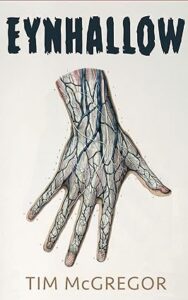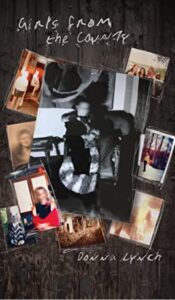They Drown Our Daughters by Katrina Monroe
Poisoned Pen Press, 2022
ISBN-13 : 978-1728248202
Available: Paperback, audiobook, audio CD, Kindle edition
Buy: Bookshop.org | Amazon.com
The women of Cape Disappointment, descended from Regina Holm, all meet a singular fate: drowning. In 1881, Regina, hoping to prevent her husband from leaving, was placing a charm when she was interrupted by her 14 year old niece Liza, who realized it was witchcraft and threatened to tell Regina’s husband. In the resulting conflict, Liza was killed, and Regina rolled her up in a rug and dumped her in the nearby ocean. Regina’s daughter Marina witnessed it, and followed Liza into the water, where she drowned. Mothers and daughters in every generation since have been affected by this trauma, tempted into the water where they are drowned by a malevolent ghost girl.
Meredith has been long absent, but is now returning with her 7 year old daughter Alice to live with her estranged mother, Judith, as Meredith finalizes a separation with her wife. Meredith left Cape Disappointment not just because of her difficult relationship with her mother, but to escape the way she was drawn to the water. Now that she’s returned, she feels the pull again, and Alice does, too. Judith and Meredith must decide how far they are willing to go to protect Alice and end the curse. The novel is thoughtful about motherhood, and the way it depicts mothers’ choices and sacrifices.
This atmospheric, haunting tale brims with historical detail and vividly depicts the waters and environment of Cape Disappointment, and the fear the women experience, especially the fear of drowning. Highly recommended.
Reviewed by Kirsten Kowalewski







Follow Us!